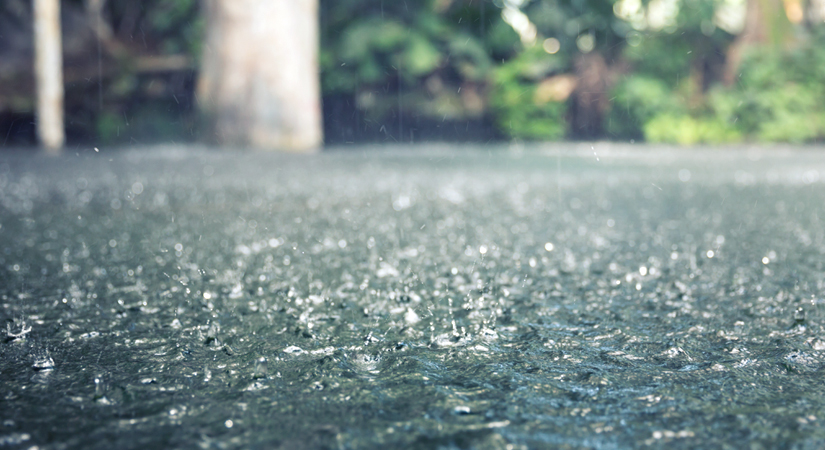
Rainwater Catchment
Whatever your reasons for choosing to collect rainwater, it is important to understand that like any other water source, the quality of the water needs to be matched to its intended purpose. Various degrees of water treatment will be required.
Collecting rainwater for household use is quite efficient if the proper rainwater catchment has been installed. There are, however, some important considerations.
It has been shown that much of an average household’s water needs can be met by collecting rainwater without further purification. When it is being used for drinking water proper water treatment methods must be implemented.

Rainwater Contaminants
Although rainwater does come from the sky, catchment water should not necessarily be considered pure and safe to drink.
Increasing levels of carbon dioxide in our atmosphere reduces the pH of this source. With a lower pH, rainwater will be aggressive in dissolving various contaminants from collection systems (roof, eaves systems).
This acidic water can have negative impacts on copper piping and metal fixtures in the home. Although it is a very common and effective method for supplying water, the importance of water testing and implementing the appropriate water treatment equipment is critical, regardless of the source.
Rainwater Storage
Extra attention must be paid to the storage of the water. Consumers must also consider turbidity from debris (leaves, dirt particles) and taste and odors that may arise from catchment water storage.
Any exposure to the elements could elevate the contaminant level, specifically bacterial. Microorganisms may be present from animal droppings, inadvertent contaminants, or elevated temperatures during times of storage.